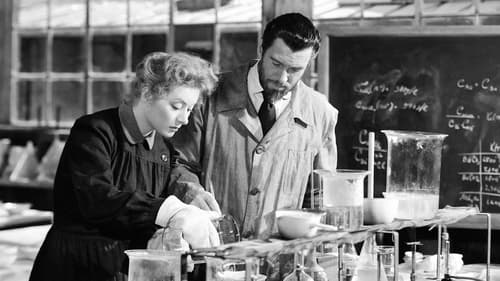
Riverdance, the Irish hard-shoe sensation that took PBS viewers by storm, underwent its second incarnation with Live from New York City, a 1996 performance filmed at Radio City Music Hall. While most of the attributes from 1995's Riverdance: The Show remain--the dazzling ensemble choreography, Bill Whelan's energetic score, and the New Age-y view of Celtic mythology--the most significant difference is at the top, where Colin Dunne replaced bombastic lead dancer Michael Flatley. Though lacking Flatley's bravura, Dunne is a superb technician who works well with Flatley's former co-lead, Jean Butler. Flamenco dancer Maria Pagis returns, as do the Riverdance Singers (formerly known as Anuna) with soloist Katie McMahon and the orchestra with fiery fiddler Eileen Ivers.

Riverdance, the Irish hard-shoe sensation that took PBS viewers by storm, underwent its second incarnation with Live from New York City, a 1996 performance filmed at Radio City Music Hall. While most of the attributes from 1995's Riverdance: The Show remain--the dazzling ensemble choreography, Bill Whelan's energetic score, and the New Age-y view of Celtic mythology--the most significant difference is at the top, where Colin Dunne replaced bombastic lead dancer Michael Flatley. Though lacking Flatley's bravura, Dunne is a superb technician who works well with Flatley's former co-lead, Jean Butler. Flamenco dancer Maria Pagis returns, as do the Riverdance Singers (formerly known as Anuna) with soloist Katie McMahon and the orchestra with fiery fiddler Eileen Ivers. About a half-hour longer than the 1995 original, Live from New York City expands upon the second act's theme of the Irish leaving their homeland

Flamenco dancer
Riverdance Show is a cultural phenomenon that defies criticism for the enthusiastic and leaves everyone else scratching their heads. The wonderfully talented cast, headed by the Riverdance Irish Dance Company, bewitchingly spins (and stomps) its Celtic folk choreography featuring numerous breathless solos by Michael Flatley (since departed) and Jean Butler. The mellifluous Riverdance Orchestra boasts Davy Spillane, who coaxes plaintive lamentations out of a peculiar instrument that resembles a bagpipe in a metal leg brace. For Enya fans, there is the sound-alike choral group Anuna, who casts a similarly New Age-style vocal spell. Also thrown into the mix are such disparate folk traditions as American gospel and Spanish flamenco. Though it's only 70 minutes long, Riverdance is repetitive by half. But judging from the ecstatic audience ovations and the continued foot-stomping during and after the curtain calls, too much is still not enough.

Woman at Accident (uncredited)
Poor physics student Marie is studying at the Sorbonne in 1890s Paris. One of the few women studying in her field, Marie encounters skepticism concerning her abilities, but is eventually offered a research placement in Pierre Curie's lab. The scientists soon fall in love and embark on a shared quest to extract, from a particular type of rock, a new chemical element they have named radium. However, their research puts them on the brink of professional failure.



